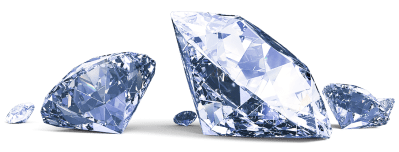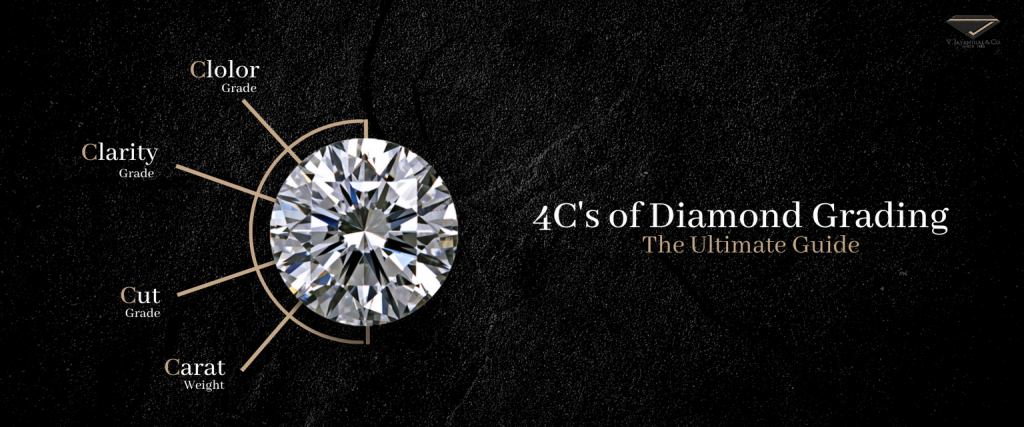
Understanding the 4C's of Diamond - A Comprehensive Guide
GIA created the 4Cs (Color, Clarity, Cut and Carat) as a global standard method to check diamond quality no matter where in the world. The 4C’s of diamond-cut, color, clarity, and carat – are the widely accepted standard characteristics for a diamond that determines its quality. Based on these attributes, you can evaluate a diamond’s value. Each of the 4Cs plays a vital role in a diamond's beauty. But, selecting just one feature that makes the diamond remarkable is very difficult. The interaction between each of the 4 C’s gives us the ideal shimmering element. In this blog, We'll walk you through the 4C’s of the diamond.
What are the 4C's of Diamond?
1. Diamond Color
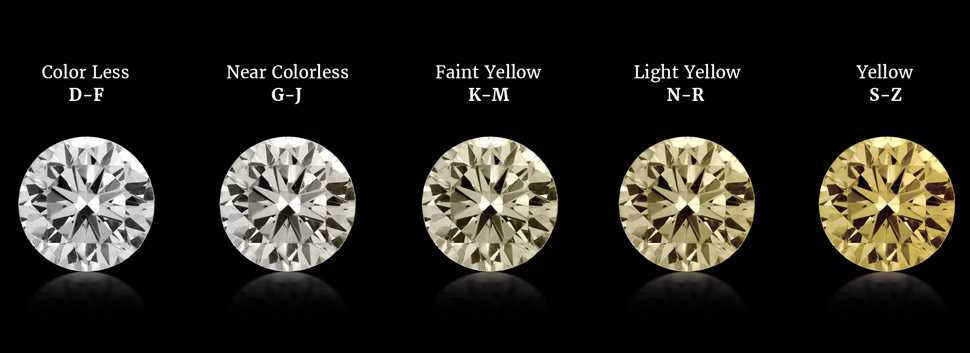
Diamond color is evaluated in terms of how white or colorless a diamond is. It is analyzed based on the lack of color. No hue exists in a pure, structurally flawless diamond. The color grading is based on the lack of color ranging from colorless to yellow, represented by letters from D to Z. Colorless diamonds are the rarest. A diamond with the same structural perfection as a diamond and the same colorlessness as a drop of colourless water is worth more. A diamond's tint is measured using the GIA's D to Z diamond colour grading system, which is used under controlled lighting and by qualified observers. D-colour is the purest, almost colorless and as we go down the color grading scale, diamonds gain a slight tint of yellow or brown color. Most of the time, despite the potential price difference, it is impossible to tell two adjacent colour-graded diamonds apart from the naked eye. However, the minute differences in tint have a significant impact on the value and quality of diamonds. The way a diamond is cut determines how sparkly it will be. Make sure the diamond colour is maintained regardless of the setting and does not obstruct the reflection of white or coloured light before making a purchase of GIA certified diamonds. In contrast to white, colourless diamonds, their natural colors—such as blue, red, and pink—are referred to as "fancy," and their colour grading is distinct. Fancy color diamonds have separate grading protocols. Most individuals are unable to recognise the difference between the two types until they are placed side by side.
2. Diamond Clarity
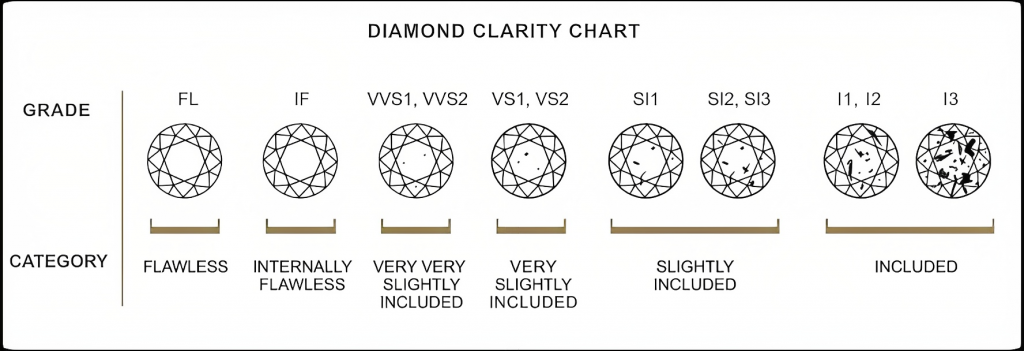
Diamond clarity is the lack of imperfections and blemishes. Diamonds without inclusions or blemishes are rare; however, most qualities may only be observed under 10x magnification. Carbon can be transformed into a diamond by exposing it to extreme heat and pressure. These naturally occurring diamonds are therefore adorned with a variety of internal traits called inclusions and external features called blemishes. The absence of blemishes and inclusions on and in diamonds is what is meant by the term "clarity." The best deals in diamonds are those with a VVS2 or above grade; nonetheless, you shouldn't overvalue the status of a "flawless" diamond. Clarity grades vary from flawless to included, represented by FL to I3. While no diamond is absolutely pure, the closer it gets, the greater its value. The GIA clarity grading scale has 11 specific grades combined into six grading categories. They are:
- Flawless (FL): No inclusions and no blemishes are visible under 10x magnification
- Internally Flawless (IF): No inclusions are visible under 10x magnification.
- Very, Very Slightly (VVS1 and VVS2): Inclusions are so slight that are Very difficult to see under 10x magnification.
- Very Slightly (VS1 and VS2) Inclusions are visible with effort under 10x magnification. But cannot see with the naked eye.
- Slightly (SI1 and SI2) inclusions are easily visible under 10x magnification, but not very visible with the naked eye.
- Included (I1, I2, and I3) inclusions are obvious under 10x magnification, and easily visible with the naked eye, which may affect transparency and brilliance.
3. Diamond Cut
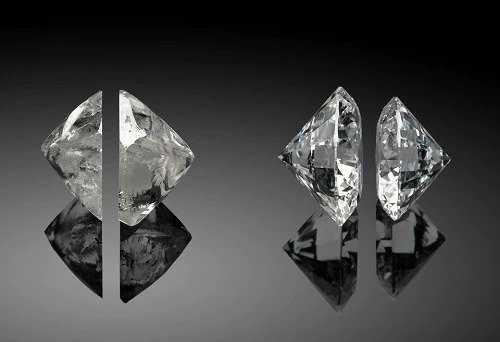
The "cut" of a diamond is probably the most significant aspect of its quality that defines its appeal. More specifically, a diamond's cut grade impacts the ability of the facet to reflect light. The cut grades vary from superior to below average. Fire, scintillation, and brilliance are the three main factors that affect a diamond's sparkle. Fire describes the flashes of colour emitted from a diamond. Scintillation is the term used to describe the light bursts that happen when a moving diamond, light source, or observer is present. Brightness is a combination of pure white light that reflects from the inside and outside of the diamond. The more precisely cut a diamond is, the more eye-catching it is. The ultimate beauty and diamond value are greatly influenced by its cut. Additionally, it is the most complex and technically challenging of the diamond's 4Cs to analyze. The diamond cut is rated as ideal, excellent, very good, good, fair, and poor on the diamonds cut chart. For optimum brilliance and shine, precise workmanship is required for the ideal proportions and angles. It is important to remember that a high rating on the diamond cut table, such as "excellent," does not always translate into an exceptional diamond cut. Excellent cuts make up over 55% of all diamonds sold online. Some are amazing, while others are ordinary.
4. Diamond Carat (weight)
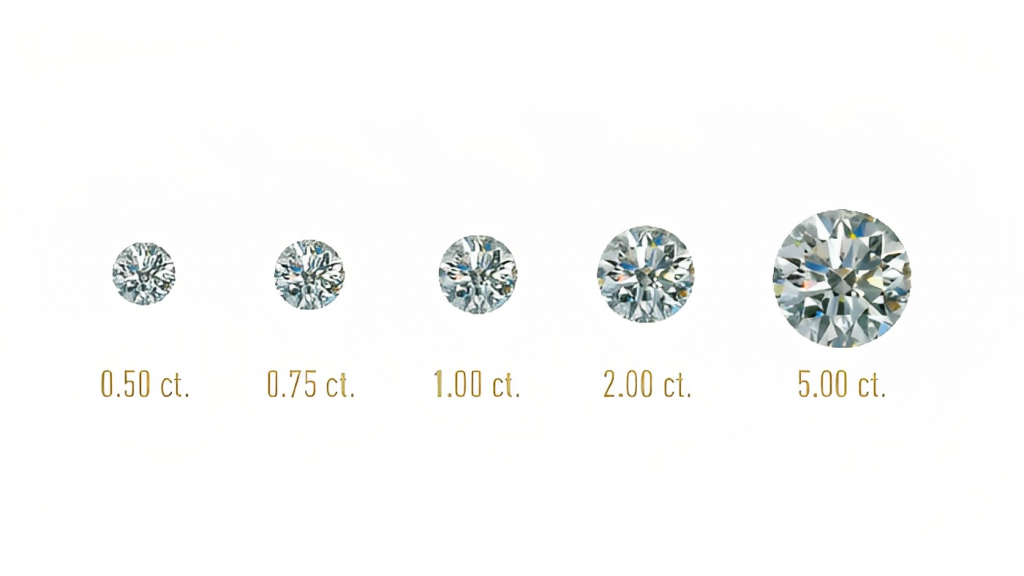
Often when people hear the term “carat weight,” they frequently assume it relates to the diamond's size. In actuality, Carat refers to the weight of the diamond, not how large the gem is. A diamond weighing 1 carat weighs 200 milligrammes. However, the carat size may vary depending on the diamond's shape and cut. A jeweller may use a diamond's 'points' to determine its weight if it is less than one carat. Each carat can be subdivided into 100 ‘points.’ The most objective of the 4Cs is the carat weight. But depending on the other three 4Cs—clarity, colour, and cut—two diamonds of the same carat weight can have very different values (and costs).
Now that we are aware of the 4 Cs of diamond grading, what should be thought about is: what do diamantaires consider the best of the 4 Cs?
All four characteristics are essential in determining how flawless the diamond is. Not one factor can be ignored or given more importance than another. The 4Cs work simultaneously to make a diamond brilliant.
We at V. Jayantilal & Co., sell IGI and GIA certified diamonds to our customers and have followed all the 4Cs of the Diamond Scale.







